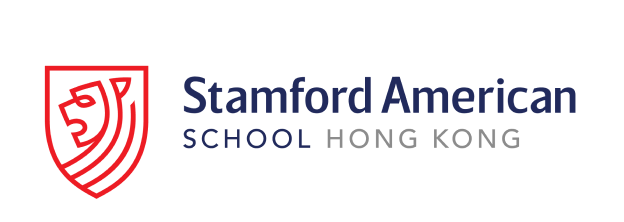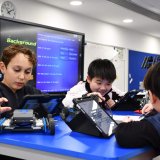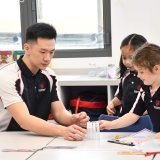I’ve had the pleasure of joining the Stamford community as the Head of EAL (English as Additional Language) this academic year, and it has been truly remarkable and exciting to work alongside our students and staff alike.
Although English is my native language, I am an avid language learner myself, and I always reflect on what challenges I faced when I started learning a foreign language. After gaining fluency in Mandarin, Indonesian and Hindi, I constantly think about how I overcame those barriers to feel successful. My personal reflections have driven me to believe that the most important attributes that shape a successful language learner are motivation, believing in oneself, and having the courage to make mistakes.
Our Aspiration: Shaping Successful Language Learners
Here at Stamford, we provide a range of customized programs that enable non-native students to reach their academic potential. The end goal of all these programs is the same: to develop academic literacy in our students and equip them with the skills and tools needed to be successful in different learning contexts and as global citizens of the 21st century.
We integrate technology into all our lessons, tapping into useful online resources, such as images and videos, so that our students can visualize the complexities of the English language. We use effective scaffolding techniques to enable our students to access the mainstream curriculum.
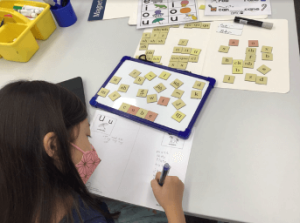
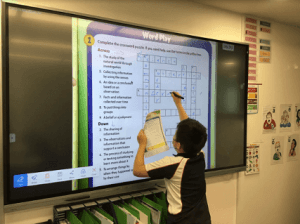
What is Scaffolding?
Scaffolding learning is the process of building up the language by breaking it into chunks and providing support with each chunk to move a learner towards independence. Let me share with you a simple example of scaffolding. One of the principles that underpin the term ‘scaffolding’ is that ‘Oracy is the bridge to literacy.’ This means that the ability to speak clearly and correctly always precedes any reading or writing activity. The use of image-based learning, along with repetition and controlled practice, ensures that learners understand the meaning of unfamiliar words and are prepared to start the next step of learning. As students gain confidence, we reduce the scaffold provided and encourage students to work with greater independence. This leads to a happy, successful learner who has the linguistic tools to use language with confidence.
Professional Development for Mainstream Teachers
Not only do we believe in providing language learning opportunities for our students, but we also believe in upskilling our mainstream teachers so that they can apply EAL-related pedagogy across the curriculum to nurture successful language learners.
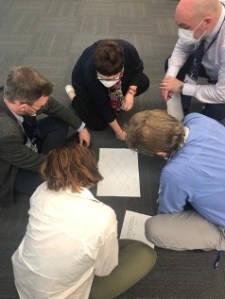
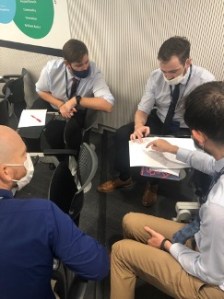
Earlier in October, our secondary teachers participated in an ESL (English as a Second Language) in the Mainstream professional development session. This session aimed to equip our teachers with scaffolding techniques that could be used in mainstream classrooms. Teachers learned about EAL-related pedagogy as well as took part in activities that involved building speaking and listening strategies within the mainstream classroom. It gave everyone food for thought on how we could better integrate EAL strategies in our specialist subjects to make learning accessible for all.
The great thing about learning is that there’s no limit to the amount of knowledge you can obtain, and our teachers model that by continuously accessing multiple professional development opportunities at Stamford.
Mahatma Gandhi said, “Live as if you were to die tomorrow. Learn as if you were to live forever.” Let’s continue to learn, and I look forward to sharing more from the EAL department with you soon.
–Shaila Samtani, Head of EAL
